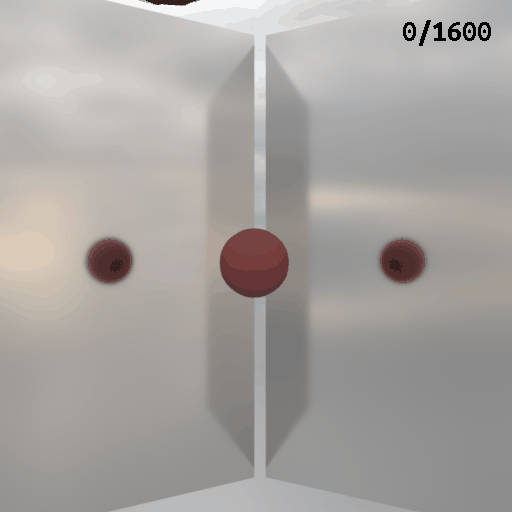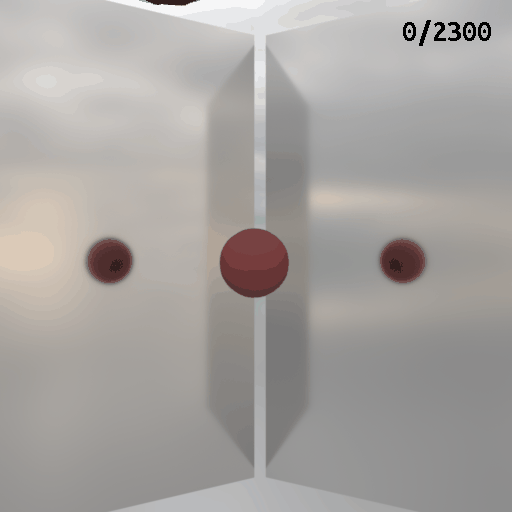An equal-sample-budget comparison of our method and the projective sampling approach [Zhang et al. 2023]. Each primal rendering features a reflection of an object in a rough mirror. Our method uses 128 samples per pixel for gradient computation. We set up the projective sampling method so that it traverses the same number of light paths and makes the same number of attempts to find a silhouette point as our method. Since there are multiple sets of parameters that fulfill this condition, we try a few different setups and report the result that produces minimal MSE. See Sec. 5.2 for more details. The red colormap is used to visualize the squared image error.
Evaluation of importance function for polygonal lights
An equal-sample comparison of gradients computed using either our importance function 𝐼 (𝜔, p), which is oblivious to lighting, or 𝐼_light (𝜔, p), which explicitly accounts for polygonal lights. The primal image shows the shadow of an object illuminated by a small polygonal light source. Gradients are evaluated using 64 samples per pixel.
Ablation study for concave edge culling
The scene features an object visible only through reflection in a smooth plane. Gradients of the image w.r.t. vertical translation of the object are evaluated using 16 samples per pixel. We compare derivative images computed with and without concave edge culling. Squared errors are plotted using a red colormap.
Challenging scene
The Chandelier scene features an object with very complex geometry. Gradients are computed with 128 samples per pixel. Despite using as many samples as in Fig. 9, 10, and 11, our gradient image has significantly higher variance than in the previous experiments.
Optimization results


We reconstruct the shape of an object given a single reference image of the object and its two reflections. We shows shape evolution in the original scene setup.

